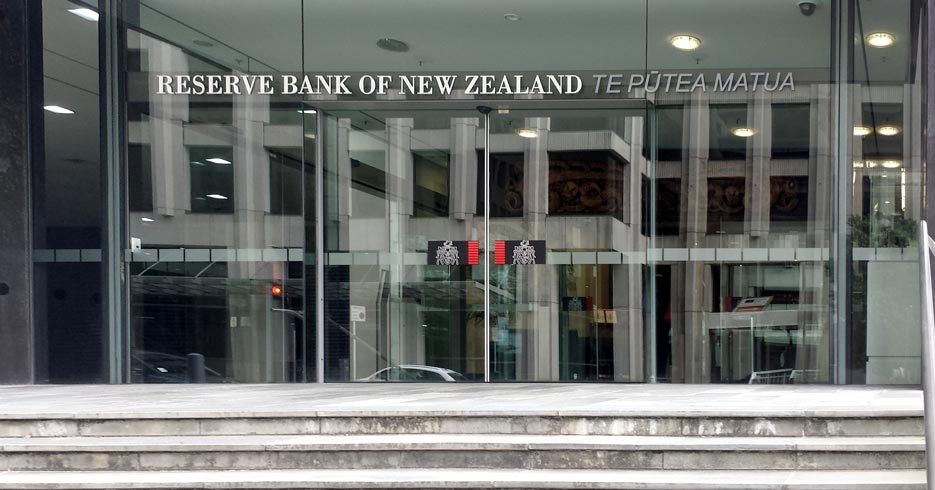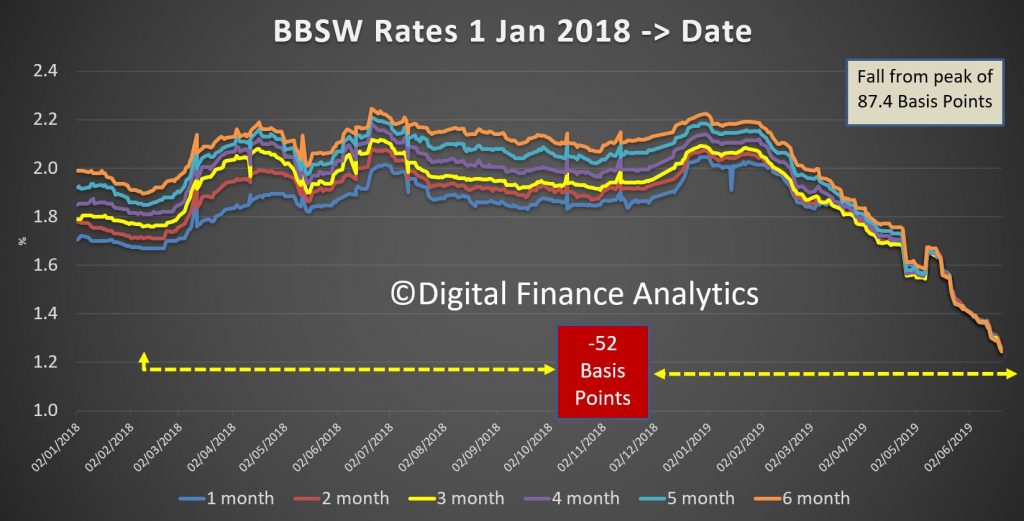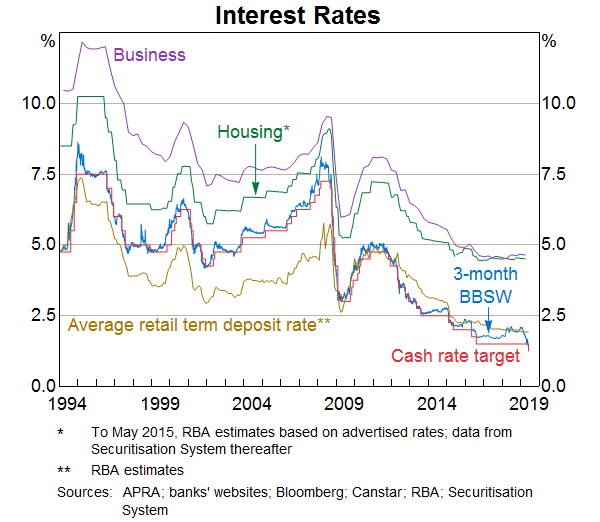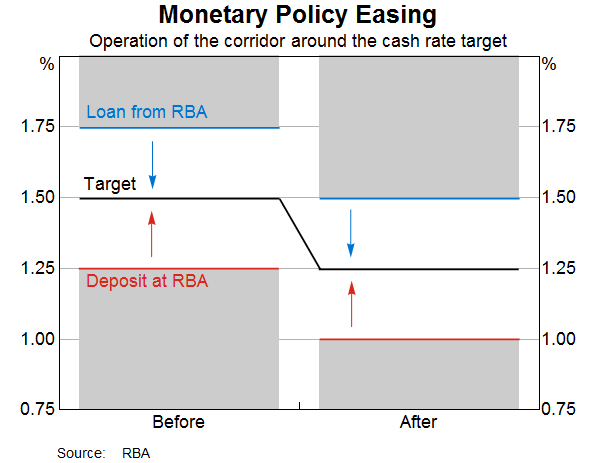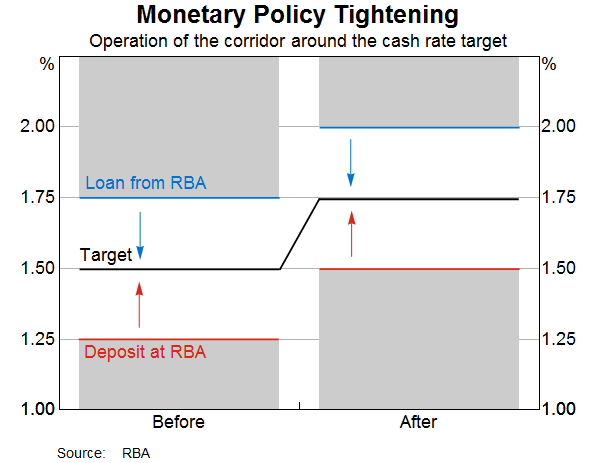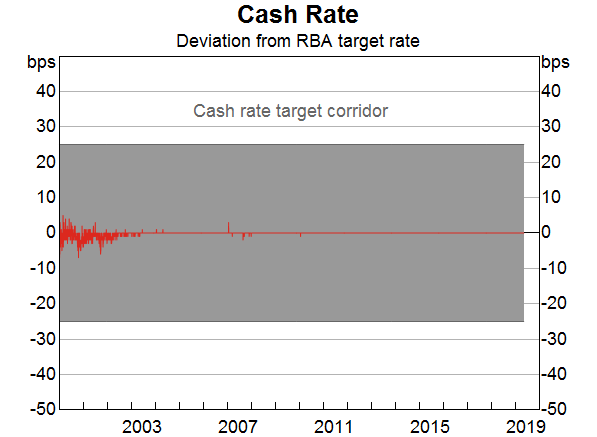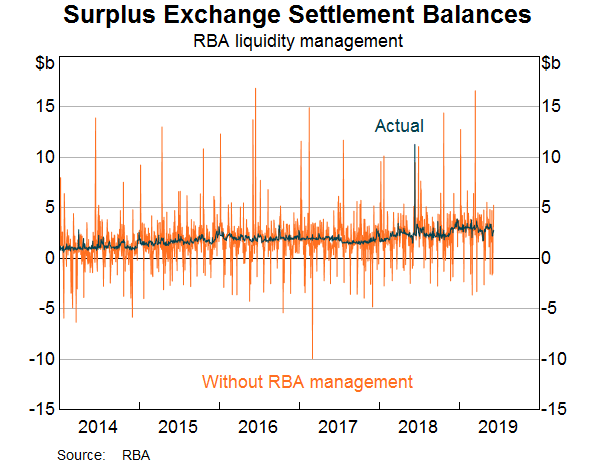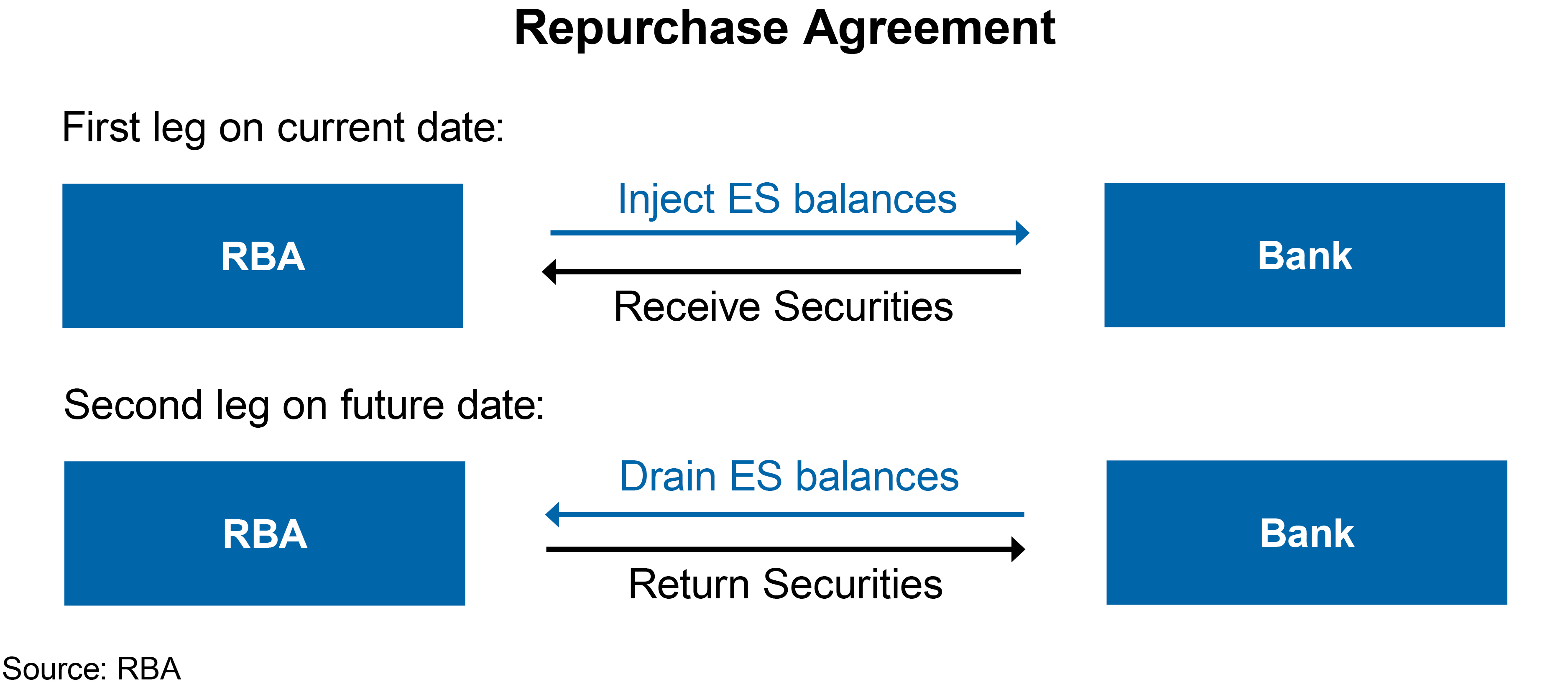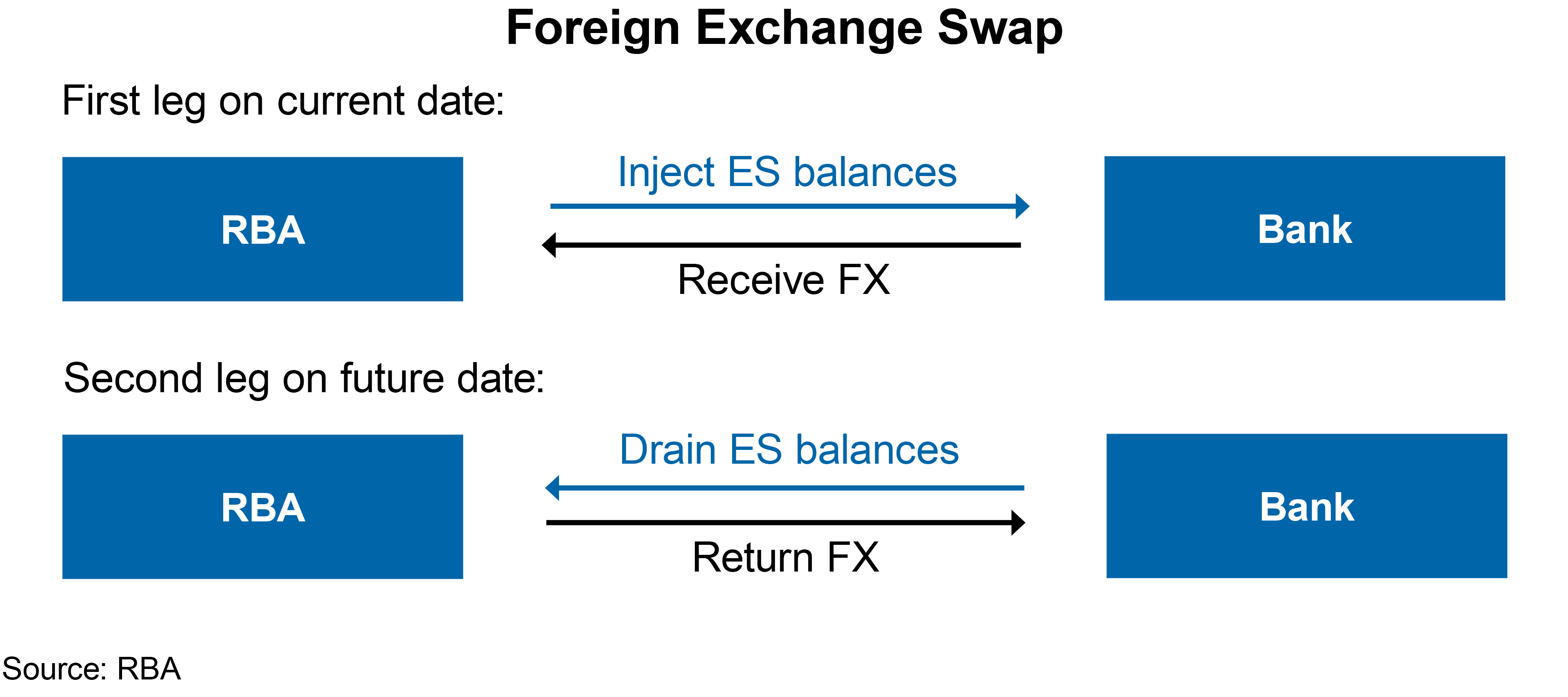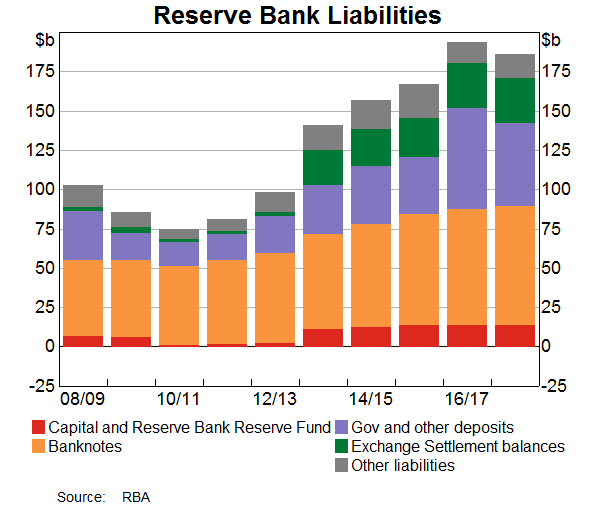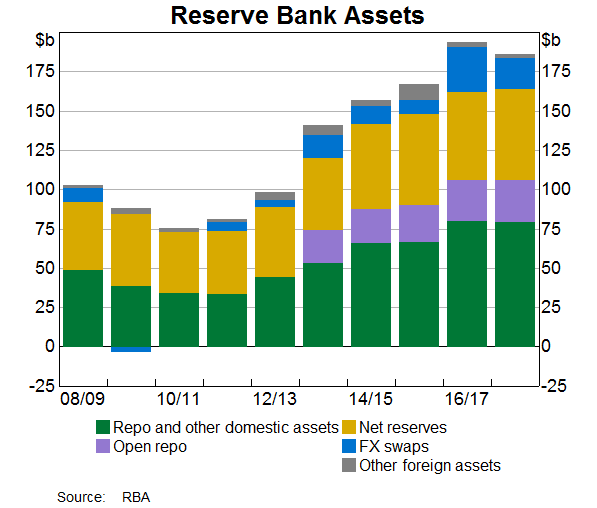The ABS released their latest Household Finance and Wealth Statistics to March 2019.
Household wealth per capita decreased for a third consecutive quarter to $404,556.4, falling $1,511.9. This follows a record $9,992.7 fall in household wealth per capita in the previous quarter, and reflects the continued holding losses on residential land and dwellings.

The falls in property values were offset by rises in stock markets (for those with shares/superannuation). Residential land and dwellings experienced real holding losses for a fifth consecutive quarter.
Household debt to assets ratio increased from 19.3% to 19.4%, as growth in household debt (0.7%) outweighed the increase in total assets (0.3%).
The mortgage debt to residential land and dwellings ratio increased from 28.1% to 29.0% and is the largest quarterly increase since September quarter 2011.
A fall in gross disposable income was driven by falls in compensation of employees and gross mixed income.
Household wealth (net worth) increased 0.2% in the March quarter 2019, a positive turn around from the decline of 2.1% recorded in the previous quarter. A rebound in the Australian stock market drove increases in real holding gains on financial assets ($147.8b), recovering the real holding losses ($146.2b) in the previous quarter. Positive revaluations on reserves of pension funds (superannuation) accounted for 68.0% of holding gains on household financial assets, reflecting the 70% of investment of total pension fund assets in shares which in turn was helped by the rebound in the Australian stock market. Residential land and dwellings experienced real holding losses for a fifth consecutive quarter and offset the gains on financial assets during the quarter. Through the year, household wealth decreased 0.7%, reflecting continued falls in residential property prices.
The percentage point contributions to the change in household wealth were:
- Financial assets contributed 1.8 percentage points
- Financial liabilities detracted 0.2 percentage points
- Land and dwellings detracted 1.5 percentage points.
Graph 1. Net worth and residential land and dwellings year-on-year growth
Household wealth per capita decreased for a third consecutive quarter to $404,556.4, falling $1,511.9. This follows a record $9,992.7 fall in household wealth per capita in the previous quarter, and reflects the continued holding losses on residential land and dwellings.
Real holding gains on financial assets drove a 0.3% increase in total household assets, following a 1.5% fall in the previous quarter. Household liabilities grew 0.7%, with through the year growth at 3.7%, which is its lowest rate since March quarter 2013. This weakness is driven by soft growth in long term loans, which account for 92.0% of household liabilities.
Household transactions in net worth were $28.9b. The largest component at $23.0b, was the net acquisition of financial assets ($36.0b), with superannuation reserves the main contributor, followed by shares and other equity. Net capital formation at $6.0b was driven by net acquisitions of land and dwellings ($7.9b). These were offset by net incurrence of liabilities ($13.0b), driven by transactions in long term loans.
Household debt to assets ratio increases
The household debt to assets ratio gives an indication of the extent to which the overall household balance sheet is geared. Household debt to assets ratio increased from 19.3% to 19.4%, as growth in household debt (0.7%) outweighed the increase in total assets (0.3%).
The mortgage debt to residential land and dwellings ratio increased from 28.1% to 29.0% and is the largest quarterly increase since September quarter 2011. The rise in ratio reflects the fall in the value of residential land and dwellings (2.6%) together with an increase in mortgage debt (0.6%). Despite the large increase in the ratio, it is predominantly driven by the continued fall in the value of residential land and dwellings, as growth in mortgage debt has reduced to its slowest pace since September quarter 2013.
The household debt to liquid assets ratio reflects the ability of households to quickly extinguish debts using liquid assets (currency and deposits, short and long term debt securities, and equity). The household debt to liquid asset ratio decreased from 113.9% to 112.5%. The decrease in the debt to liquid assets ratio indicates growth in household liquid assets (2.0%) outweighed growth in household debt (0.7%). Growth in liquid assets was driven by increases in equity and deposits of 3.2% and 1.0% respectively, while the slow growth in debt reflects weak growth in household loan borrowing.
Graph 2. Risk ratios
The wealth effect
Household net saving increased $6.8b to $9.5b, driven by a decrease in
final consumption expenditure ($17.7b), partly offset by a decrease in
gross disposable income ($10.6b) and an increase in consumption of fixed
capital ($0.3b). The fall in gross disposable income was driven by
falls in compensation of employees and gross mixed income.
Household gross disposable income adjusted for other changes in real net
wealth (wealth effect) increased $263.5 from $18.9b to $282.5b,
reflected by real holding gains on financial assets. Household net
saving adjustment for other changes in real net wealth increased to
-$10.4b, from -$291.3b in the previous quarter. The $280.9b increase in
household net saving plus other changes in net wealth reflects the real
holding gains on financial assets, however the household sector remains
in a dis-saving position for third consecutive quarter due to the
continued real holding losses on residential land and dwellings.
Graph 3. Net saving plus other changes in real net wealth, original
Australia continued to borrow from overseas to fund investment, borrowing $1.0 billion from non-residents during the March quarter as national investment exceeded national saving. In seasonally adjusted terms, Australia has been a net borrower from overseas since the September quarter 1975.
National investment decreased $22.2b in March quarter 2019 to $100.9b.
The fall comes off the back of a record high in the December quarter
2018 and, despite the decrease, remains at high levels.
Graph 1. Total capital formation, current prices
Private non-financial corporations invested $39.5b over the quarter,
down $8.5b from December. Investment in machinery and equipment was down
this quarter, while the decline in mining investment continued as
significant LNG projects move into the production phase.
Households invested $36.4b, down $9.6b from the previous quarter. The
decrease was driven by falls in dwelling investment and ownership
transfer costs, reflecting the weak conditions in the residential
housing market.
Australia’s borrowing narrows to $1 billion
National net borrowing of $1.0b in March quarter 2019 was the lowest
since December quarter 1983. The $1.0b worth of lending by the rest of
the world was derived by repayments of their liabilities ($18.2b) being
larger than the disposal of their financial assets ($17.2b).
During the quarter, rest of the world acquired $15.1b of private
non-financial corporations’ shares and other equity but these were
offset by maturities of their holdings of bank one name paper ($21.3b)
and settlements of their bank derivative contracts ($17.1b). On the
liabilities side, rest of the world borrowed $11.1b of short term loans
from banks and other private non-financial corporations, and paid off
their long term bank loans ($24.0b) and settled their derivative
contracts with banks ($16.8b).
Graph 2. Net financial investment (net lending (+) / net borrowing (-))
Net borrowing by non-financial corporations was $13.8b driven by loan borrowing of $17.5b and net issuances of equity of $13.2b.
The general government was a net lender of $956m this quarter driven by maturities of long-term debt securities of $5.1b.
Households were net lenders of $23.0b, accruing $18.8b in net equity in
reserves of pension funds (superannuation) and $10.0b of deposits. These
were offset by their loan borrowing of $9.9b.
Credit market rebounds on valuation increases in equities and bonds
Credit market outstanding of the non-financial domestic sectors rose
2.8% in March quarter 2019, following last quarter’s fall of 0.7%.
Valuation increases in the equity of other private non-financial
corporations drove the result, aided by valuation increases in
government bonds as yields fell.
Graph 1. Credit market outstandings
Demand for credit was subdued as the government repays debt
National general government demand for credit fell $4.0b this quarter.
Debt repayment outweighed new issuance of bonds for the first time since
June quarter 2013, as the government’s net saving position continues to
improve.
Credit was raised mainly in the loan market by other private
non-financial corporations ($13.7b) and households ($9.9b). However,
through the year growth in household borrowing continues to slow due to
tighter lending conditions and falling investor demand in the
residential property market.
Equity raised by other private non-financial corporations was $12.0b
after a subdued December quarter 2018 which reflected the share buy
backs of major mining companies.
Graph 2. Total demand for credit


